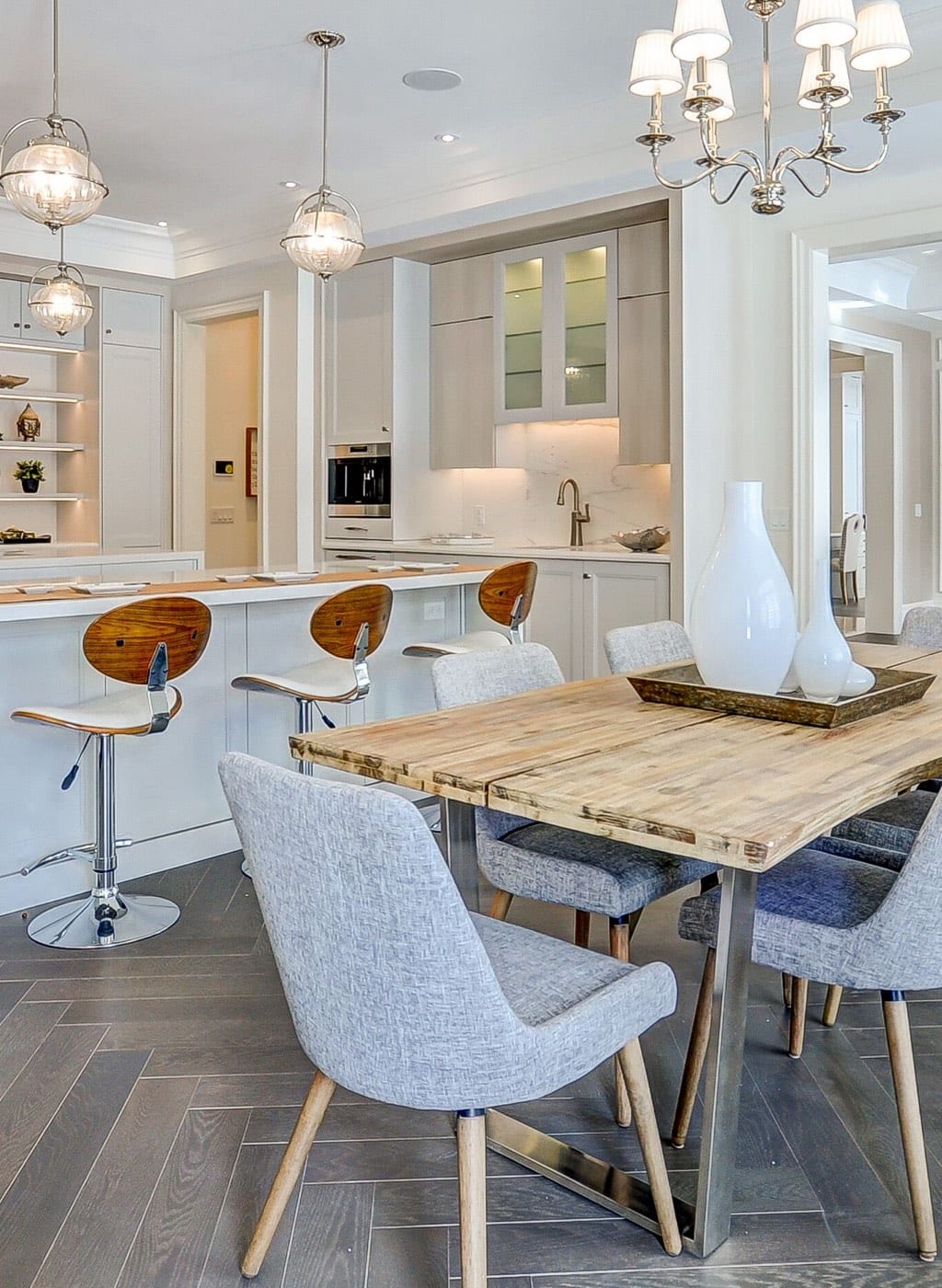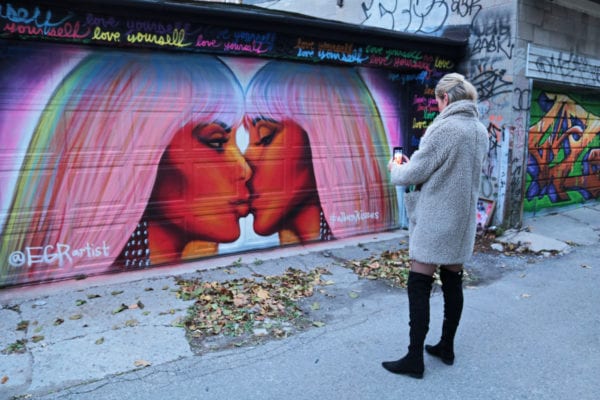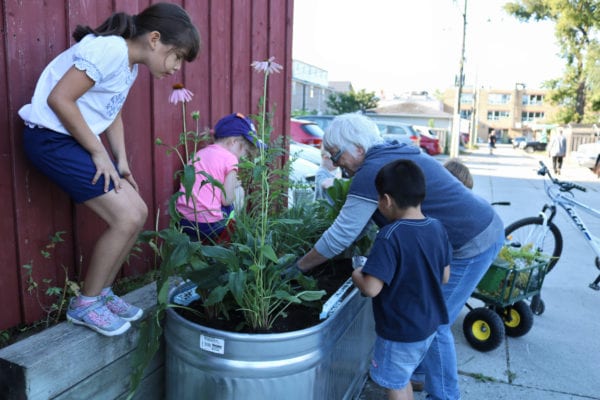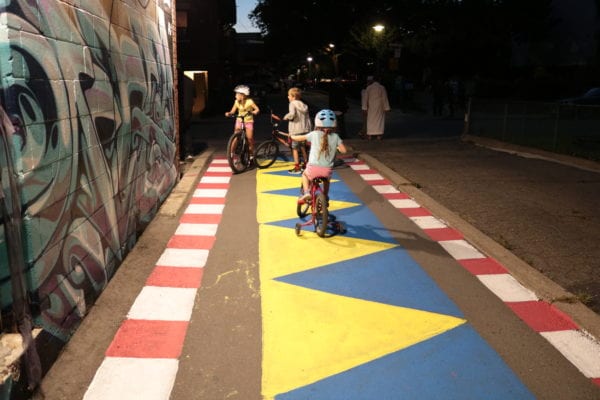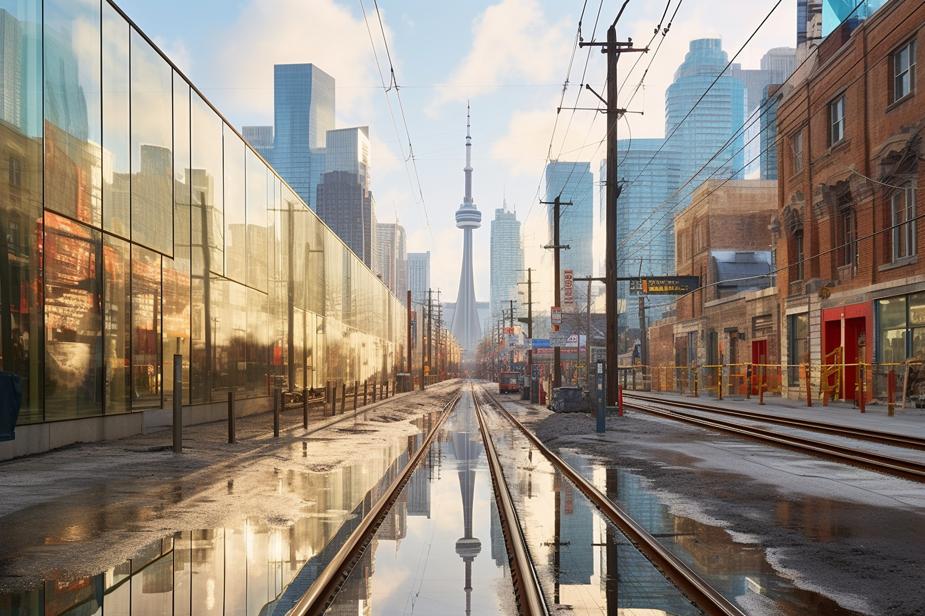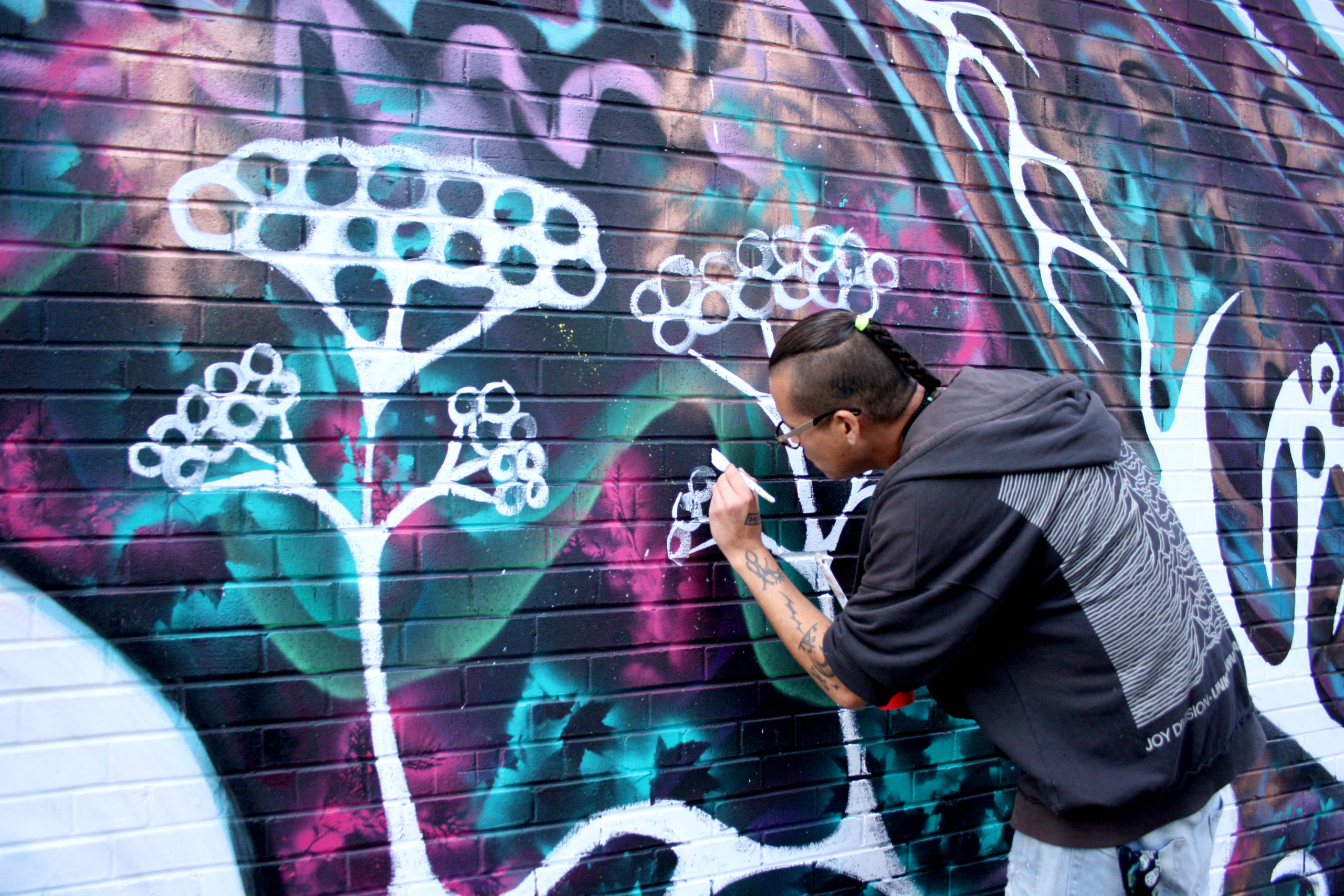
Unlocking Toronto’s Laneway Potential
By Michelle Senayah, Executive Director, The Laneway Project
Toronto is a vibrant, growing city, partly through incremental intensification. We’re adding homes, shops, offices, schools and restaurants, piece by piece, project by project, as we develop our neighbourhoods. This evolvement has created a pressing need to improve our shared infrastructure, including our public spaces.
Joan Clos, Executive Director of UN-HABITAT, once said, “what defines the character of a city is its public space, not its private space.” Toronto’s public spaces are essential to the physical, social and economic lives of our communities. They maintain and strengthen the uniqueness of our neighbourhoods, the dynamism of our local economies, and the vibrancy of our urban lives. Of course, all this has been underscored by the pressures of the COVID-19 pandemic, which have pushed public life outdoors and forced us to adapt existing spaces for new and expanded uses that are no longer possible inside.
Fortunately, the adaptation and improvement of our public spaces is especially well-suited to our current, piecemeal approach to improvement. In this fashion, existing public spaces are revitalized individually to create more welcoming, useful, and vibrant shared places at the local level as neighbourhoods intensify. As this occurs, the growing number of revitalized public spaces combine to create a positive shift in the “big picture” of Toronto’s public realm.
In addition to streets and parks, Toronto is fortunate to have a rich secondary network of public spaces, brimming with overlooked potential: the more than 2400 public laneways spread throughout our downtown and midtown neighbourhoods. Historically, these laneways have been treated as purely utilitarian spaces for deliveries and parking, yet they have the capacity to be so much more.
Since 2014, The Laneway Project has worked with city staff, developers, BIAs, Residents’ Associations and other civil-society groups to transform local laneways into living, people-friendly places. These projects have demonstrated that with improvements in key areas, Toronto’s laneways can do double duty as back-of-house service spaces and welcoming places for people in the community. Here are some lessons learned:
Multi-Modal Traffic Management
Toronto’s laneways are our smallest rights-of-way, generally 3.5 to 4 metres wide. So, while they are used by people in trucks and cars, on bikes and on foot, they do not have sufficient space for separate car, bike and pedestrian areas. They need good lighting and traffic calming measures to ensure that everyone is moving at a reduced speed and sharing the space safely. Speed bumps don’t do the trick. Rather, this is best achieved by a coordinated set of measures that improve visibility and provide visual cues that make a laneway feel different from a street: downward-facing, pedestrian-friendly lighting; planter gardens along the laneway edges of neighbouring properties to highlight the width of the space; road murals to signal that the space is a shared one; and windows and doors in the facades of neighbouring properties to break up closed walls and foster activity.
Visual Interest and Stewardship
Toronto’s laneways are drab, grimy spaces that often suffer from ‘broken window syndrome.’ A combination of better maintenance and public art can change this quite quickly: artists can work with local residents and businesses to add murals to the laneway frontages of neighbouring properties to signal community ‘ownership’; neighbouring property owners can keep those laneway frontages in good shape by consolidating waste storage and sweeping up daily as they would with their street fronts; and the City can increase the frequency of road sweeping operations in the laneway.
Strategic Greening
While Toronto’s fastest-growing neighbourhoods are our most park-poor, they have our highest per-capita amount of laneway space. Unfortunately, these laneways are often hard, grey spaces that perform poorly both environmentally and as refuge from the hustle of our streets…but there is potential. In-ground and planter-based gardens of hardy, locally-adapted flowers, shrubs and trees on the laneway frontages of neighbouring properties can soften the spaces, act as pollinator pathways, reduce the heat island effect and filter the air. Permeable paving can enable natural stormwater drainage to reduce the flooding of neighbouring properties and lessen the load on our storm and sanitary sewer system.
Sense of Safety
Laneways can feel deserted, especially at night, when they are used by fewer people. This sense of safety can be addressed with a set of linked measures, including downward-facing, pedestrian-friendly lighting to improve visibility; windows and doors to provide views into the space and direct entrances and exits from neighbouring properties; and active uses in the outdoor laneway-side spaces including gardens, patios and secure bike storage areas.
All-Season Design
Toronto’s public spaces are not designed for comfortable winter use, but our cold season often lasts for six months. The restrictions on indoor spaces during the COVID-19 pandemic have only highlighted the longstanding need to adapt our public spaces to foster outdoor public life year-round. Using measures that target cold-season stressors, we can transform Toronto’s laneways into places that are appealing and comfortable in all seasons: encouraging movement and activity, capturing and celebrating natural light, providing playful and artistic artificial lighting, introducing bright and vibrant colours, and providing shelter from icy wind. These steps will ensure that our public life doesn’t go into hibernation for six months a year.
To ensure they are sustainable and locally-embedded, laneway improvements must be designed to work well within our complex, multi-owner, multi-use and multi-stakeholder spaces. Collaborative, community-centered project planning, with a detailed design and implementation strategy, supports a projects’ integration into their neighbourhoods’ physical and social environments, setting them up for success. Early and regular consultation with local community champions such as Business Improvement Areas and Residents’ Associations help tap into existing local networks, and the use of a variety of in-person and virtual outreach methods allow the maximum number of local community members to share their input. Together, these approaches, measures and processes work to create positive, sustainable laneway spaces that will live up to their potential and help meet the needs of a changing city as our neighbourhoods grow and evolve.
The Laneway Project is an independent, not-for-profit social enterprise and Ontario’s leading expert in the interdisciplinary, community-integrated revitalization of laneways and other overlooked public spaces.

